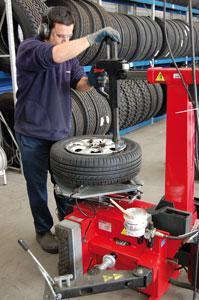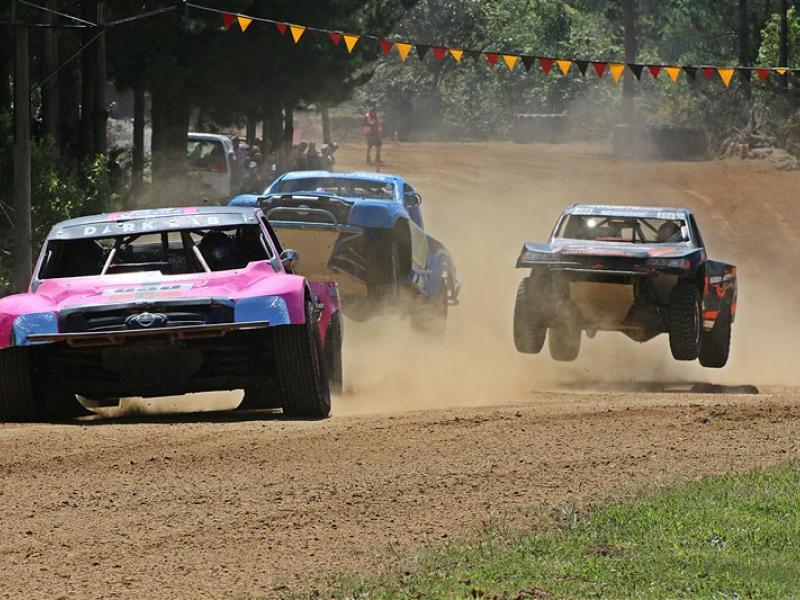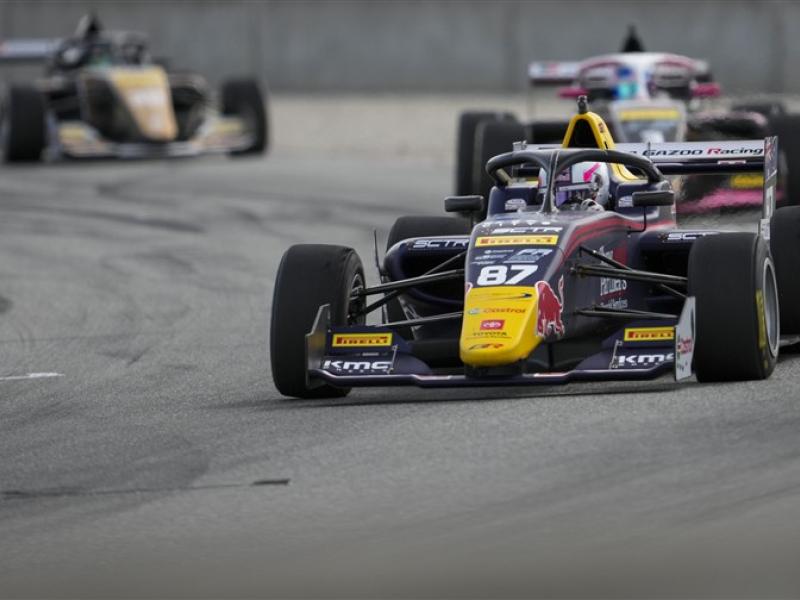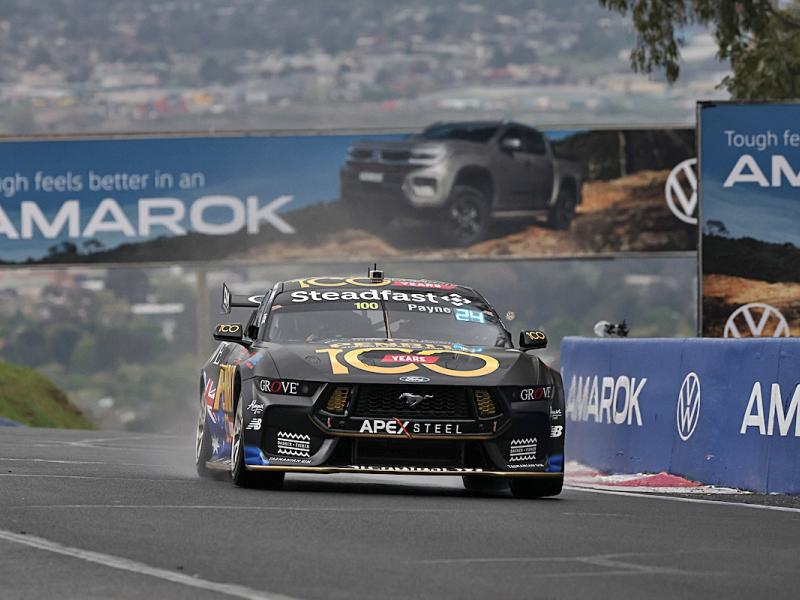|
Developments in pneumatic tyres the past 40 years made it increasingly difficult and time consuming to change them as part of scheduled maintenance or when damaged, and also posed new challenges to tyre changing machines.
Today, a quality tyre changer can change all four tyres on a car - even low profile types - in about 15 minutes, with minimal or even no operator muscle input. A tyre changer’s stable mate, a wheel balancer, can then balance the wheels in roughly the same time.
This saves the customer valuable time and money, and enables moving more cars through the workshop doors, says CBG Equipment marketing manager Mike Marshall. CBG, based in Auckland, sells the Chinese made Guangli range of tyre changers, wheel balancers, and wheel alignment plant.
But it was not always this easy - Marshall says early tyre changers applied physical laws in a very basic manner. "They consisted of a post mounted to the ground, anchoring the wheel, and a technician doing battle with a tyre iron to build the required leverage to take a basic tyre off a basic wheel’s rim," he says.
In the quest for a comfortable safe ride however, tyre product ranges soon offered sophisticated luxury designs. These included bigger tyres on pickup truck and 4WD wheels and smaller tyres, in the form of tubeless and low profile, on high performance and luxury vehicles.
He explains both technologies meant more intensive labour for the person changing the tyre. Tyre changer technology responded by becoming more automated. For example, tyre changers gained helper arms. Bead breakers and bead blasters only started appearing on tyre changers in the last 30 years, mostly to address fitting bigger tyres on bigger rims.
It is only in the last five to 10 years new mounting and demounting tools have been coming onto the market to deal with low profile tyres, including runflat tyres, increasingly popular as original equipment on new vehicles. "With low profile tyres, the tyre sidewall aspect ratio reduces, which means the amount of flex in the sidewall diminishes.
"In addition runflat tyres by their nature have a reinforced, stiffer sidewall construction. These factors make low profile and run flat tyres difficult to fit onto a rim," he says.
Runflat tyres are usually used in conjunction with pressure monitoring sensors mounted on the rim, which further complicates the changing process. Marshall says while a basic tyre machine can technically do the job, it means a lot more work and potentially more safety issues for the technician. That is why the workshop owner must know customer requirements, and invest in this expensive plant accordingly.
"There’s a range of products on the market to suit any workshop and any work load, he says.
"Price is always a big issue, but workshop owners must ensure they spend their dollars optimally – you get what you pay for, including security of after sales service and maintenance. At CBG we travel to the manufacturer to make sure the product we’re buying meets the specifications we require. Ridged shafts and dual cylinder clamps are just some of the standards we require on all our tyre changers."
According to Stocks equipment division general manager William Singleton for some businesses spending dollars optimally may mean buying a second hand tyre changer. Stocks has represented the Italian made Corghi tyre changer and wheel balancing product range in New Zealand for longer than 30 years. "We’ve never had a problem finding buyers for second hand Corghi tyre changers and wheel balancers...in fact we have a waiting list.
"This means good trade-in prices for those who want to upgrade to the latest model." Singleton says Stocks has sold around 3500 Corghi tyre and wheel machines in New Zealand since they were introduced here in 1977. Some of the 1970s tyre changers have resold twice and are still in good working order.
Stocks recently added the mid range Artiglio 50 tyre changer to Corghi models available locally. Singleton says the machine can handle car, 4WD and light truck wheels up to 30 inches; use no levers and consequently will not harm alloys, is 50% faster than ordinary tyre changers; features an automatic lifting cradle to mount the wheel; and is especially designed for low profile and run flat tyres.
The standard Corghi tyre changer range has several models which can be fitted with a help arm for low profile and run flat tyres.
|
Beaurepaires North Harbour assistant manager Michael Campbell and his colleagues are very satisfied with the performance of the three tyre changers, one earthmover fitting machine, one car and light truck balancer, and one truck balancer Corghi models on their workshop floor. Supplied and serviced by Stocks, each tyre changer handles on average 20 to 30 tyre changes per day. Beaurepaires North Harbour replaces each changer on average every two years with new, updated models.
"They certainly make our work easier and Stocks after sales service is great," he says.
William Singleton adds the partnership between Corghi and Stocks is very strong: "This means purchasers can have peace of mind about service support and the level of training and commitment of our staff."
Henderson-based GDC Equipment recently launched its Automaster Pro Series 203B tyre changer and 402 wheel balancer. These machines, as well as the hoist range the company sells, are manufactured in China in a joint venture partnership with Italian workshop equipment manufacturer Giuliano.
The tyre changer has an extra heavy duty main column to avoid flex and distortion when fitting tight tyres. It can also be supplied with low profile help arms and a pneumatic wheel lifter. GDC Equipment managing director Gary Cotterell says GDC’s directors travel to China annually to attend trade shows and factories in China for product development, handpicking new products and suppliers.
"Our staff are very experienced in both the tyre and workshop environments – this, together with the broad range of equipment options, ensures our customers will get the correct machine for the job at the right price every time," he says.
TRS Tyre and Wheel says that its S545 model heavy duty tyre changer, manufactured by Sice in Italy, remains a firm favourite with operators. The model’s clamping capacity ranges from 14 inch right up to 56 inch and a maximum wheel weight of 2,200 kg. It suits both conventional and tubeless tyres in both single and multi piece rim applications.
According to TRS it is not uncommon to see a 10 year old S545 resell for 50% or more of its original value: "This makes the investment in quality an easy decision in the long term."
|






